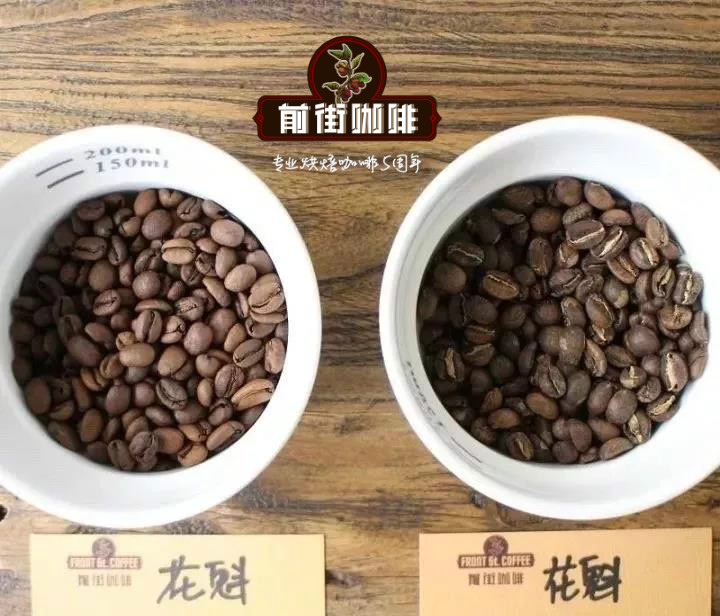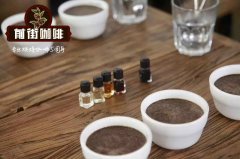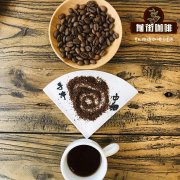Description of what coffee beans and main flavors are in Starbucks Althacia Manor

Professional coffee knowledge exchange more coffee bean information please follow the coffee workshop (Wechat official account cafe_style)
Starbucks Althacia Manor Coffee beans introduction:
Flavor description: balanced citrus flavor, medium mellow and refreshing acidity
Suitable food: citrus, cocoa, drupe
Acidity: medium
Alcohol: medium
Treatment: washing
Growing areas: volcano Boaz, Alajuela province, Costa Rica
In order to work more closely with coffee growers and provide better support, we bought our own coffee farm in Costa Rica in 2013: Starbucks Alsatian Manor.
The Althacia Manor is a 240-hectare farm located on the slope of the Poe á s Volcano volcano in Costa Rica's beautiful Alajuela. Part of the farm's production area is used for commercial production.
The rest of the land is devoted to research and development to support future coffee nurseries, which provide free seeds and seedlings from various coffee varieties to improve the disease resistance and yield of coffee trees.
Bright colors, lush botanical scenery. Kind and happy people, smiles, laughter. The lure of seaside towns dots the Caribbean and Pacific Ocean, volcanoes and sparkling rivers. Everything is in order.
It's like pacing slowly on a magnificent beach: Costa Rica is a paradise on earth. This is a must-visit nature destination in Central America, with a large number of national parks and biological reserves and endless tropical wilderness.
The mild climate makes it an ideal place to stay and a good place to grow coffee.
Costa Rica is very important to Starbucks because of the government's firm commitment to the quality and stability of coffee. We buy coffee from multiple regions and farms ranging from 3900 to 5900 feet (1200 to 1800 meters) above sea level.
This diversity and consistent quality make Starbucks Althacia Manor Coffee an essential ingredient in many of our mixed coffees. The stable climate and high altitude, coupled with many active volcanoes in the region, form perfect planting conditions.
The coffee has a good balance between acidity and various flavors such as spice, flowers and nuts.
Important Notice :
前街咖啡 FrontStreet Coffee has moved to new addredd:
FrontStreet Coffee Address: 315,Donghua East Road,GuangZhou
Tel:020 38364473
- Prev

Coffee Xiaobai starts from the practice of smelling the fragrance bottle, smelling incense is an important part of cup testing. Aroma judgment of coffee.
Professional coffee knowledge exchange more coffee bean information please follow the coffee workshop (Wechat official account cafe_style) aroma and flavor descriptor coffee provides a complex mixture of different flavors, together to produce a series of sensory experiences. The sensory characteristics of a cup of coffee vary according to many factors: the type and mixing of coffee beans; geographical sources; roasting methods; and preparation methods. These.
- Next

Coffee beans are not sour varieties recommend which kind of coffee beans are not sour after cooking and how to cook them will not be sour
Professional coffee knowledge exchange more coffee bean information please follow the coffee workshop (Wechat official account cafe_style) (1) the secret of preparing perfect coffee ◎ freshness (Freshness) fresh roasting is the life of a good cup of coffee! Freshly roasted coffee beans retain the most fragrant and charming coffee flavor and can easily make the most mellow coffee; stale coffee bean flavor
Related
- Beginners will see the "Coffee pull flower" guide!
- What is the difference between ice blog purified milk and ordinary milk coffee?
- Why is the Philippines the largest producer of crops in Liberia?
- For coffee extraction, should the fine powder be retained?
- How does extracted espresso fill pressed powder? How much strength does it take to press the powder?
- How to make jasmine cold extract coffee? Is the jasmine + latte good?
- Will this little toy really make the coffee taste better? How does Lily Drip affect coffee extraction?
- Will the action of slapping the filter cup also affect coffee extraction?
- What's the difference between powder-to-water ratio and powder-to-liquid ratio?
- What is the Ethiopian local species? What does it have to do with Heirloom native species?

